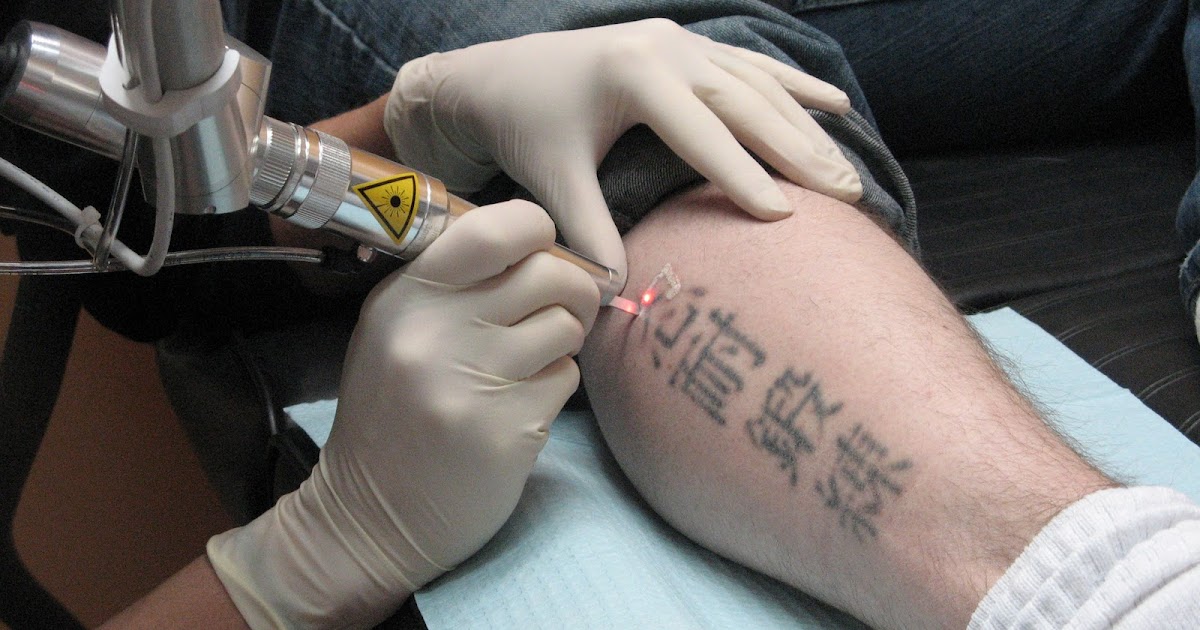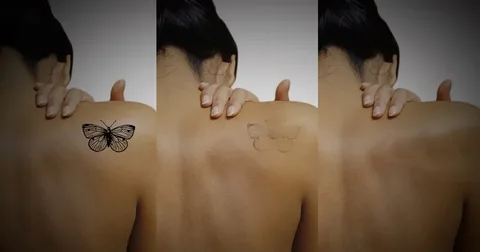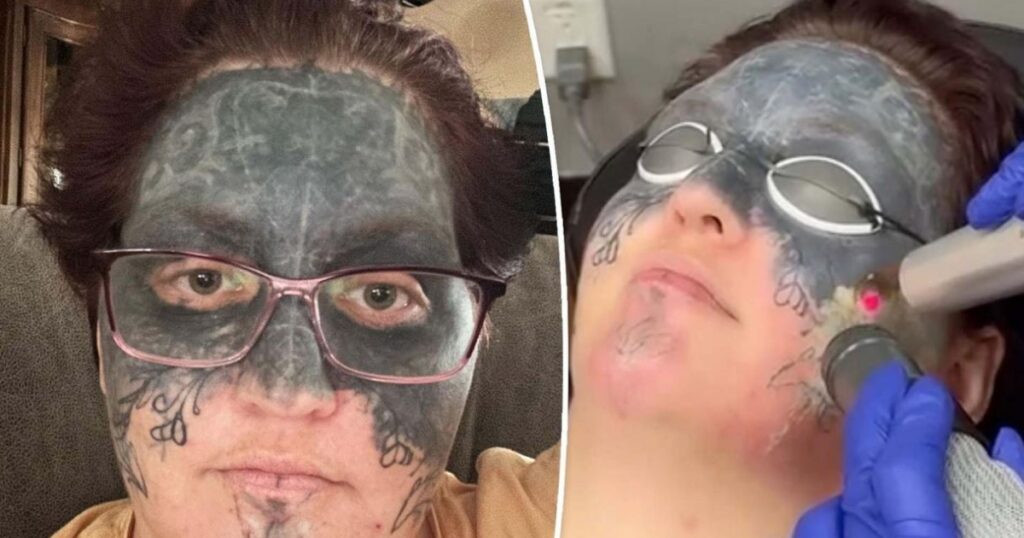Tattoo removal is a process that many people consider when they regret a tattoo or simply want to move on from their past choices. But one of the biggest concerns people have is that does tattoo removal leave scars. The answer is more complex than just a simple “yes” or “no.” While tattoo removal can result in some scarring, it doesn’t always happen. L
Let’s explore seven surprising facts about tattoo removal and its potential to leave scars.
Table of Contents
Toggle1. Tattoo Removal Scars Are Possible But Not Guaranteed
Tattoo removal does not always leave scars. The risk of scarring depends on various factors like the method used, your skin type, and how well you follow post-treatment care instructions. However, some people might experience scarring, especially if they have sensitive skin or if the procedure is not performed correctly.
2. Laser Removal Is the Most Popular Method
Laser tattoo removal is the most common and effective method, and it typically results in minimal scarring. Laser treatments work by breaking up the ink particles under the skin. However, improper technique, excessive treatments, or poor aftercare can increase the risk of scarring.

3. Skin Type Affects Scarring Risk
Your skin type plays a significant role in how well you heal after tattoo removal. People with darker skin tones may have a higher risk of developing scarring or hyperpigmentation, while individuals with lighter skin generally have a better chance of healing without visible scars.
4. Scarring Risk Increases With Multiple Sessions
In some cases, tattoo removal requires several sessions to completely fade or remove the tattoo. The more treatments you undergo, the higher the likelihood of developing scarring. While each session is spaced out to allow your skin to heal, it’s essential to consult with a professional to ensure the process is done properly to minimize scarring.
5. Improper Aftercare Can Lead to Scarring
One of the most crucial factors in preventing scarring after tattoo removal is following proper aftercare instructions. Failing to keep the treated area clean, avoiding direct sunlight, or scratching the skin during healing can result in scars.
Be sure to follow the aftercare advice provided by your technician to minimize the risk of scarring.
6. Certain Tattoos Are Harder to Remove
Some tattoos are more difficult to remove than others, and those are often the ones that result in a higher risk of scarring. Tattoos with darker inks or thicker pigments can be more challenging to remove completely, leading to the potential for damage to the skin.

7. Scar-Free Tattoo Removal Is Possible with the Right Professional
The skill of your tattoo removal technician is perhaps the most important factor in avoiding scarring. When you choose a highly skilled and experienced professional, they can perform the procedure in a way that reduces the risk of scarring.
Always do thorough research and choose a certified expert who specializes in tattoo removal for the best results.
Conclusion
Tattoo removal can leave scars, but it doesn’t always happen. By understanding the factors that affect the process, such as the method used, your skin type, and the quality of aftercare, you can significantly reduce your chances of scarring. Always consult with a professional and follow their advice to achieve the best possible outcome and keep your skin looking smooth and clear.
For more information on tattoo removal, please visit our website, tattooculturecollective.com



